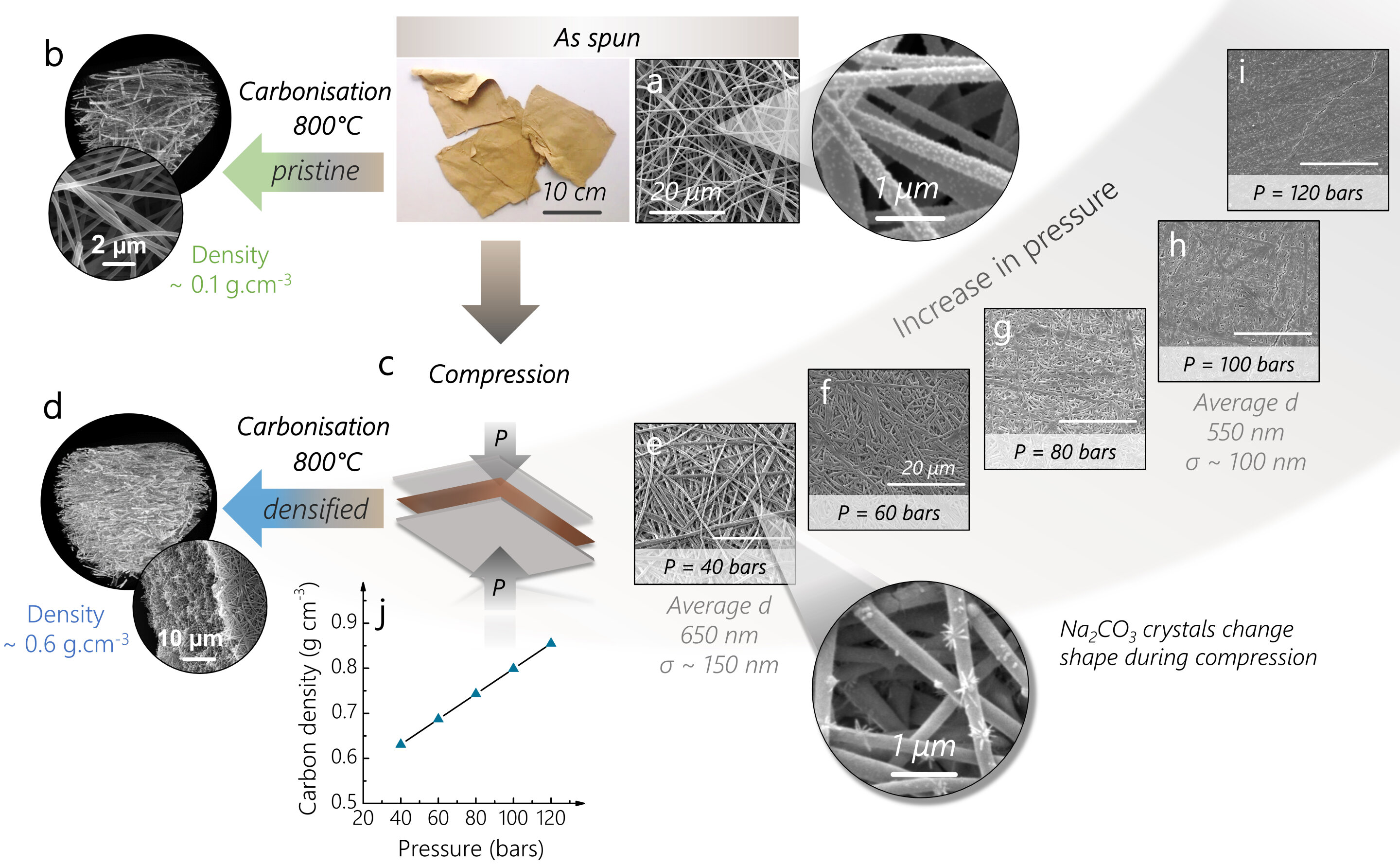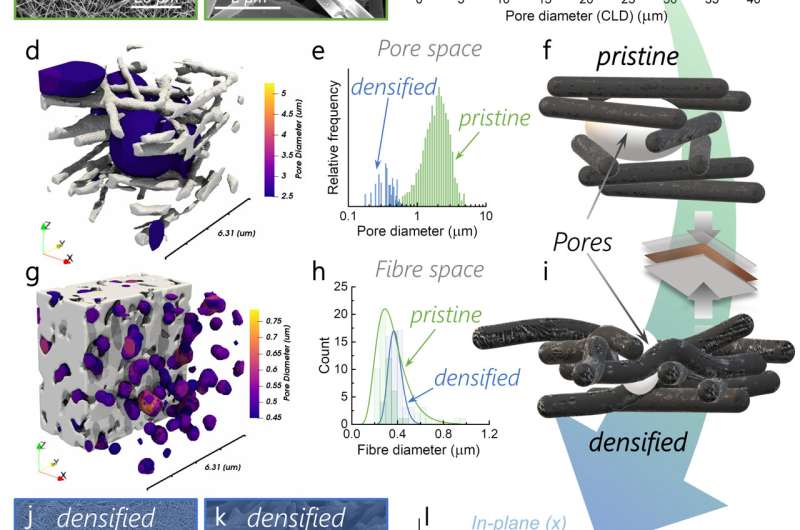#New generation of supercapacitors set to electrify green transportation

“#New generation of supercapacitors set to electrify green transportation”

Scientists have created a new generation of low-cost, high-energy supercapacitors to power electric vehicles.
Researchers from Imperial College London and University College London (UCL) have produced a cheaper, more sustainable and energy-dense electrode material for supercapacitors which could pave the way for wider market penetration of this high-power, quick charging electric vehicle technology.
In the study, published in Advanced Science, the team used lignin, a bio-based by-product of the paper industry, to create free-standing electrodes with enhanced energy storage capacity.
The researchers say that this could be a game-changer for existing supercapacitor technology, providing a cheaper, more sustainable alternative to current models. The team emphasise the importance of reducing the production cost of carbon-based electrodes and the reliance on critical materials if free-standing supercapacitors are to play a major role in decarbonising the transportation industry alongside batteries and fuel cells.
Sustainable materials
Using lignin in place of expensive graphene-based carbon, the team produced a freestanding structure which is lighter and smaller than current models without compromising energy storage capacity. This makes them ideal for use in short-distance electric vehicles like buses, taxis and trams where they have the capacity to charge in the time it takes for passengers to exit and enter a vehicle.
Co-corresponding author Dr. Maria Crespo Ribadeneyra from the Department of Chemical Engineering at Imperial said: “Supercapacitors are an ideal candidate for electric transportation within urban centres, where pollution is an increasingly pressing concern. However, they are often overlooked because of the high cost of production.
“Our research is based on a low-cost and sustainable bio-based material that can store more energy per unit volume than many other expensive alternatives. This is particularly important in the automotive sector, where optimisation of the space and the costs of the components is crucial.”
Co-corresponding author Professor Magda Titirici from the Department of Chemical Engineering at Imperial added: “Creating sustainable multifunctional materials from waste biomass streams such as lignin will enable a sustainable and affordable supply chain for energy materials in the future and will eliminate our dependence on critical materials like lithium.
“The idea of pressing several free-standing carbon papers together to store more charge in a small volume is innovative and holds potential for future structural development. Imagine that instead of the electrodes being supported in a phone case or on a car roof, they are the case or roof.”

Tailored microstructures
The innovative technique developed by the team in this study used electrospun lignin nanofibre mats which they compressed together into a dense structure. This enabled them to tailor the internal microstructure of the electrodes by reducing the amount of micrometre-sized pores which do not contribute to energy storage, while retaining the porosity of the individual fibres that do store electric charge. This work was made possible by using advanced imaging similar to X-ray to view the internal microstructures in three dimensions.
Dr. Rhodri Jervis from the Electrochemical Innovation Lab (EIL) at UCL and co-author explained: “Tackling the grand challenge of wide-spread electrification will require a variety of energy storage and conversion devices to work in harmony with each other, using advanced and sustainable materials.
“From batteries to fuel cells to supercapacitors, it is key to understand the microstructure of the materials used in these devices in order to make improvements to the current technologies. In our lab we have been developing advanced imaging approaches to view and assess these microstructures in three dimensions, and this work highlights the benefit of 3D imaging for unravelling the potential of new materials in energy storage.”
The research team are now working on ensuring this technology can be made commercially viable. They are currently developing a new supercapacitor with a non-corrosive and more cost-effective electrolyte that could be implementable in commercial devices.
Servann Hérou et al, High‐Density Lignin‐Derived Carbon Nanofiber Supercapacitors with Enhanced Volumetric Energy Density, Advanced Science (2021). DOI: 10.1002/advs.202100016
Citation:
New generation of supercapacitors set to electrify green transportation (2021, June 8)
retrieved 8 June 2021
from https://phys.org/news/2021-06-supercapacitors-electrify-green.html
This document is subject to copyright. Apart from any fair dealing for the purpose of private study or research, no
part may be reproduced without the written permission. The content is provided for information purposes only.
If you liked the article, do not forget to share it with your friends. Follow us on Google News too, click on the star and choose us from your favorites.
For forums sites go to Forum.BuradaBiliyorum.Com
If you want to read more Like this articles, you can visit our Science category.



